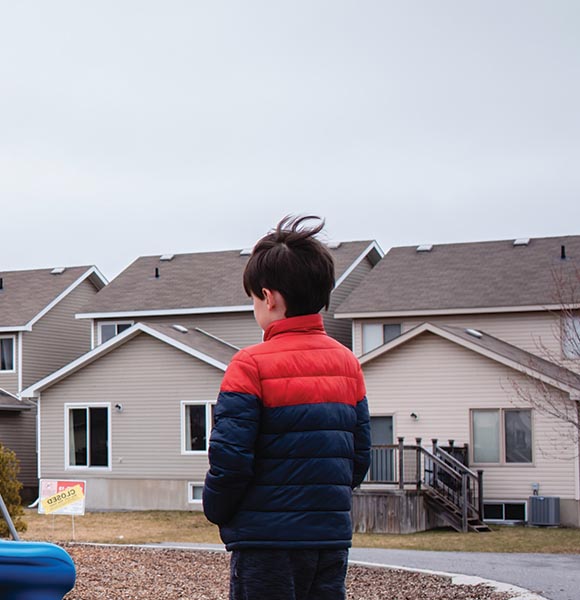PRB in the News: Diana Elliott Discusses the Labor Shortage With NPR
“The employers who think more creatively about policies are the ones who are going to come out ahead in the next couple of decades,” Elliott said.
“The employers who think more creatively about policies are the ones who are going to come out ahead in the next couple of decades,” Elliott said.

A PRB analysis finds that workers in one of the hardest-hit sectors—food preparation and server-related occupations—are among the most economically vulnerable.
(2013) Extensive U.S. research has documented troubling racial and ethnic disparities in health and health care, but a new analysis suggests that U.S. blacks and Hispanics face more severe disparities than previously thought.
PRB produces high-quality demographic and socioeconomic forecasts for use in regional planning.

Project: Center for Public Information on Population Research (CPIPR)
Neighborhoods that are more walkable, with accessible public transportation, and amenities such as parks that promote physical and social activity are associated with better health.

Project: Center for Public Information on Population Research (CPIPR)
In 2020, the U.S. TFR dropped to 1.64, the lowest level ever recorded.

PRB summarizes recent research supported by the National Institute on Aging (NIA) of the National Institutes of Health, highlighting its implications for individuals and society.

Project: PACE: Policy, Advocacy, and Communication Enhanced for Population and Reproductive Health
Among countries with a youthful population, a window of opportunity to achieve key development goals opens across four sectors―health, education, the economy, and governance―as fertility declines and the age structure of the population gets older.